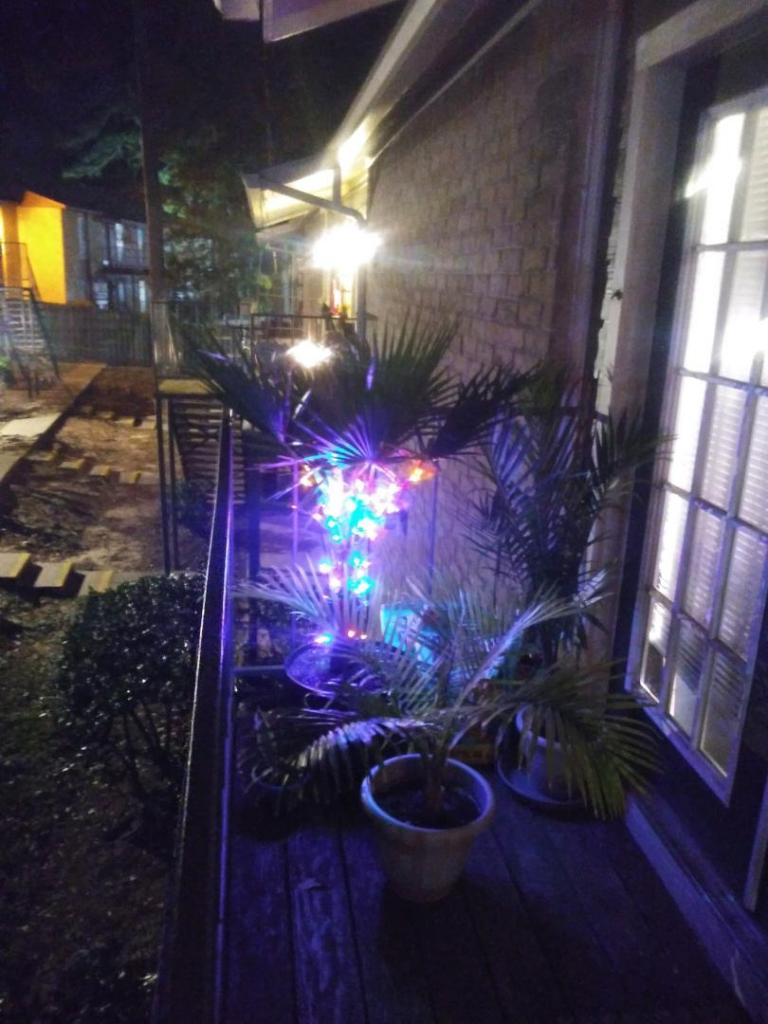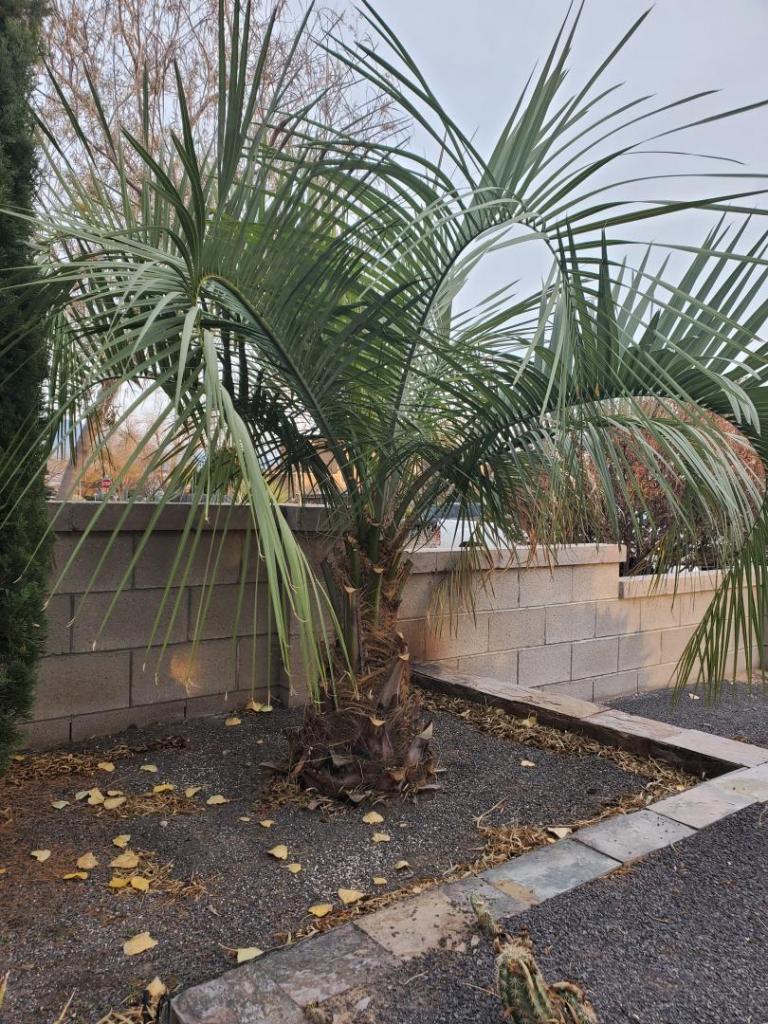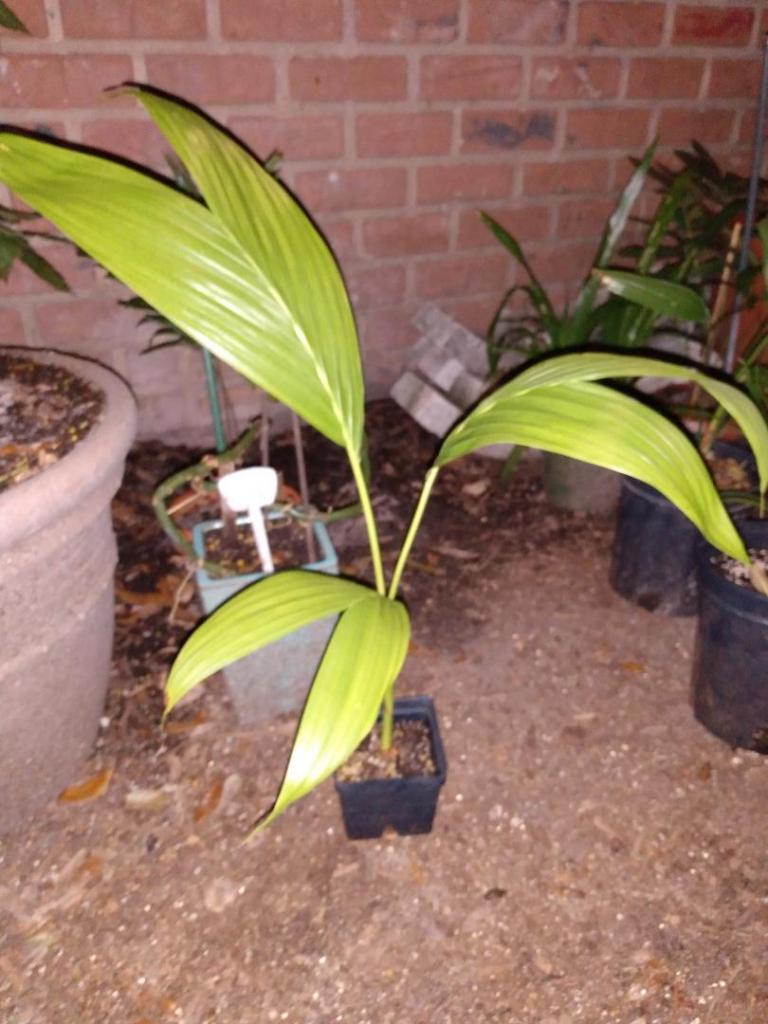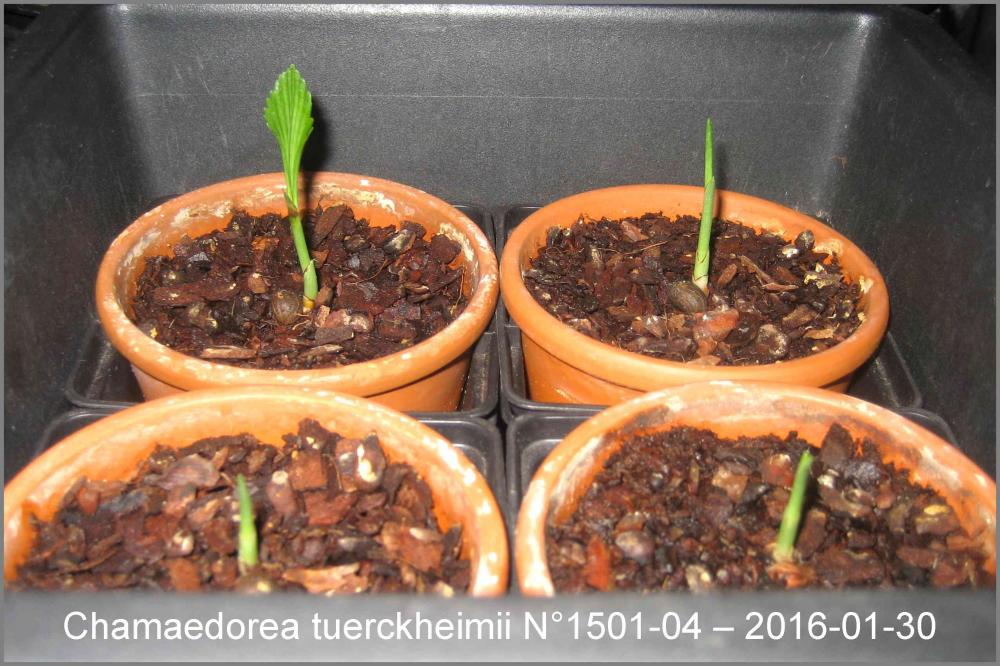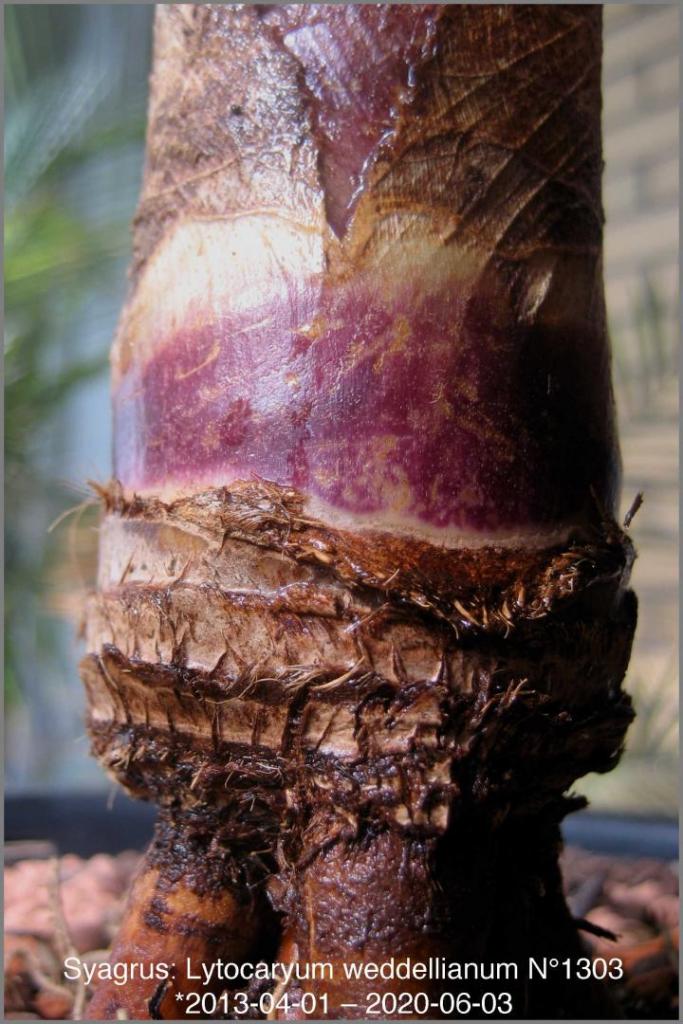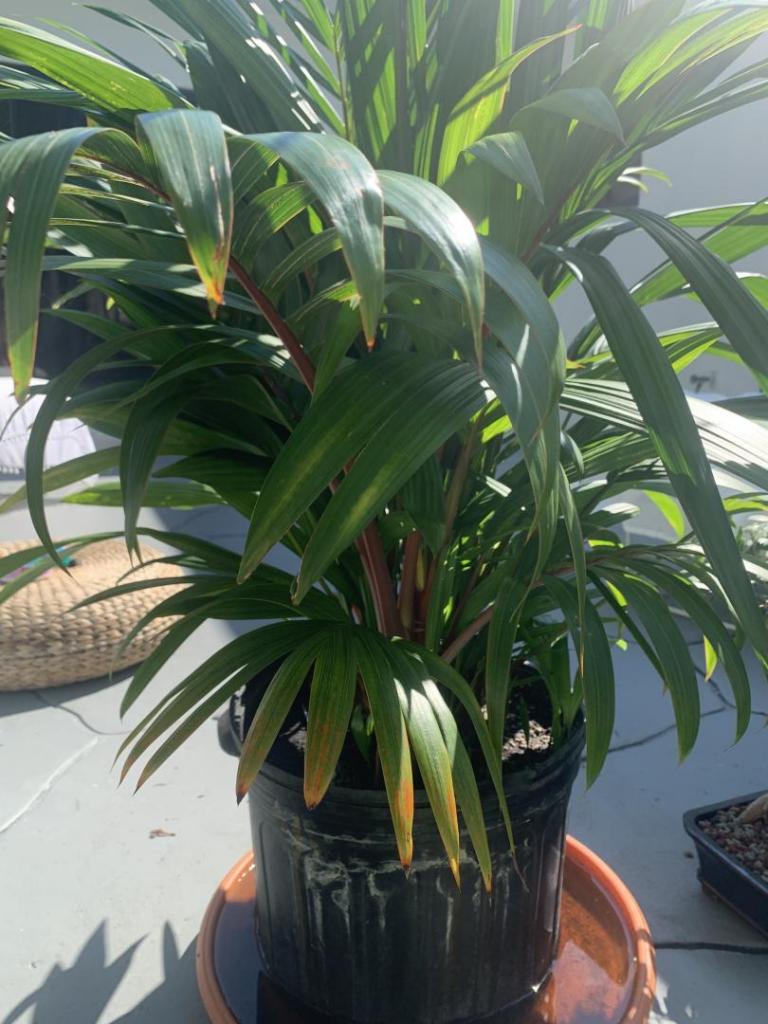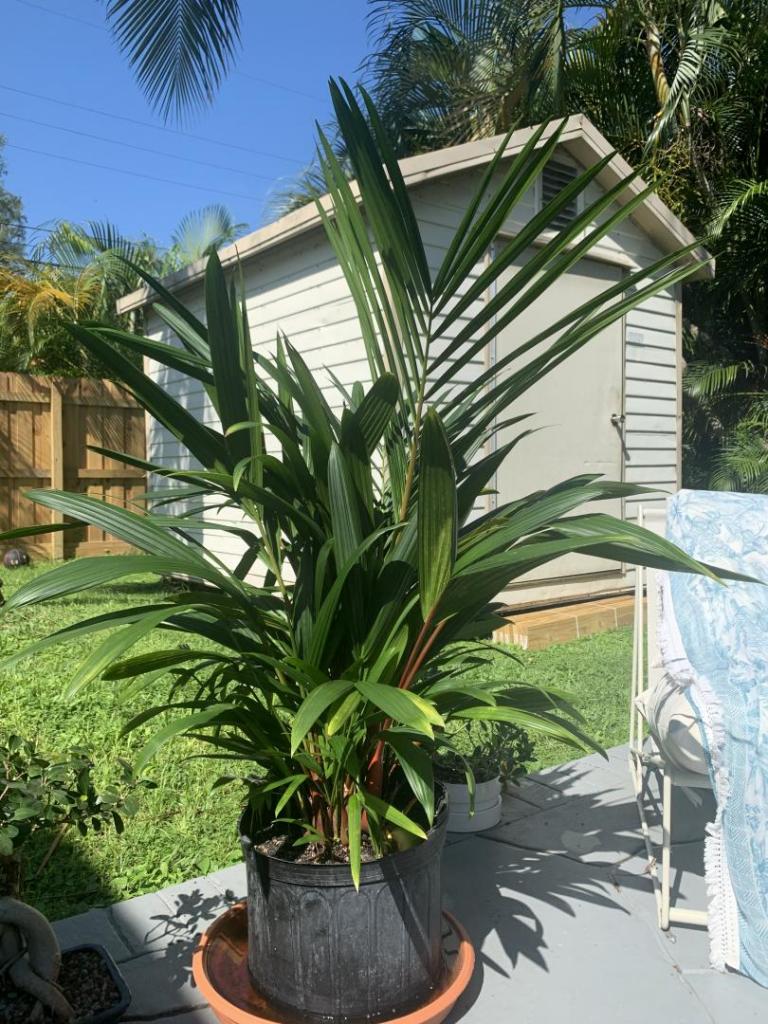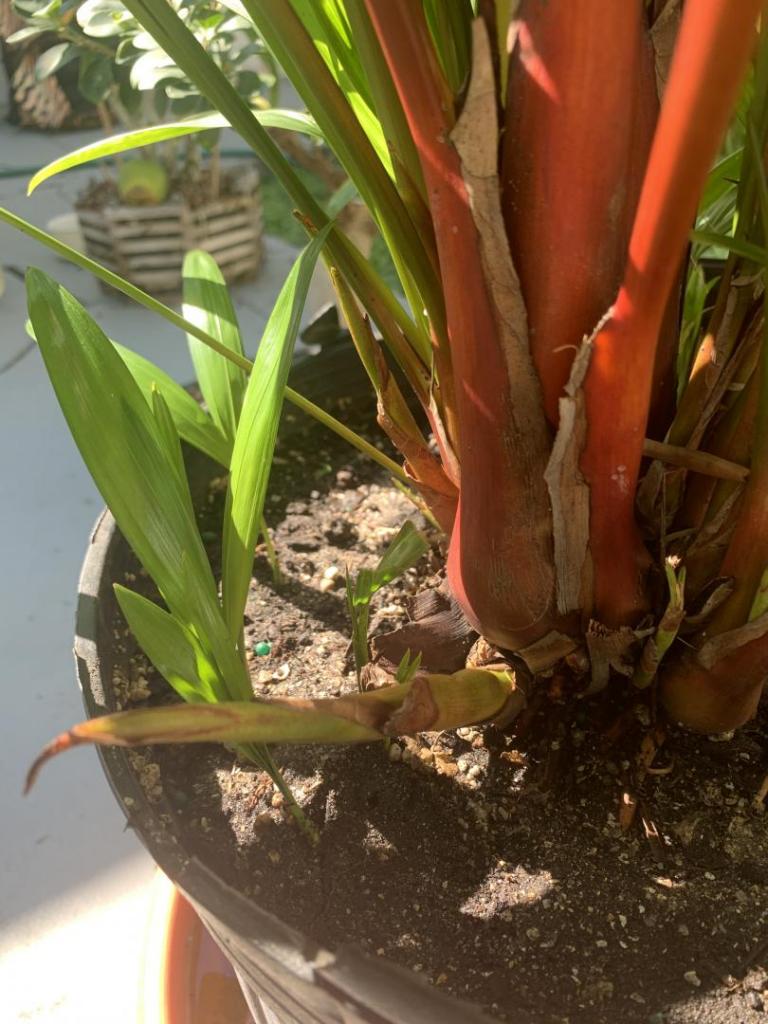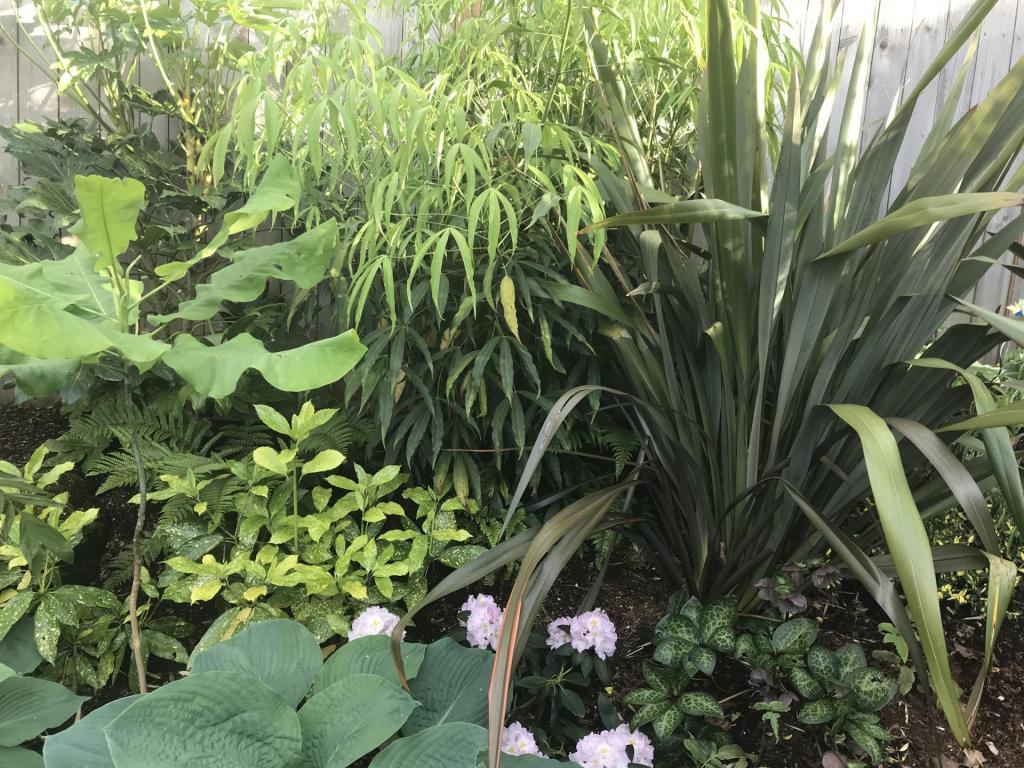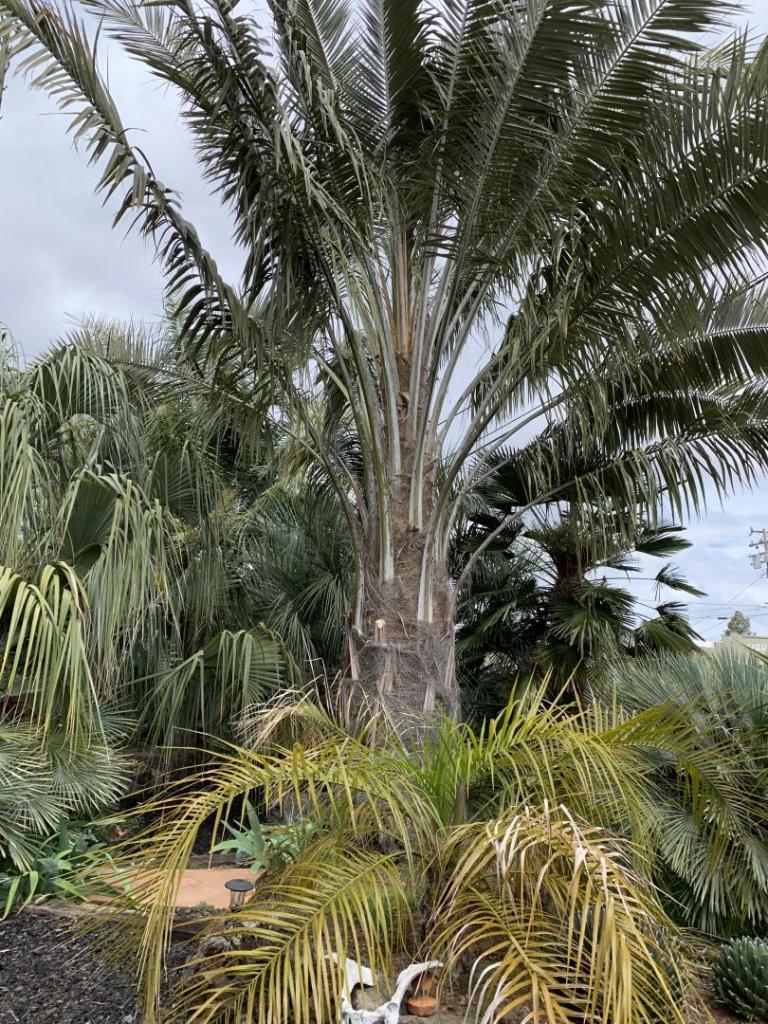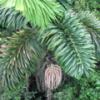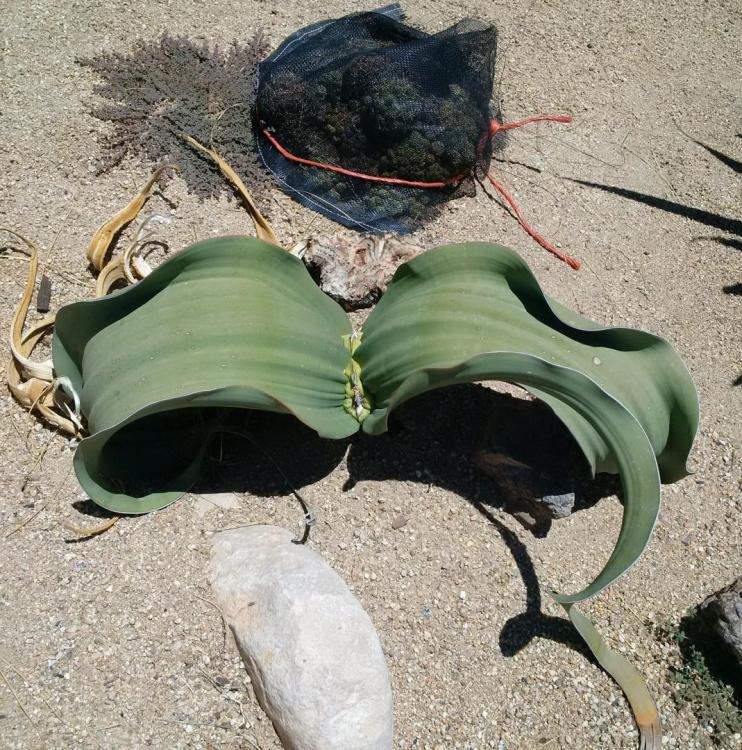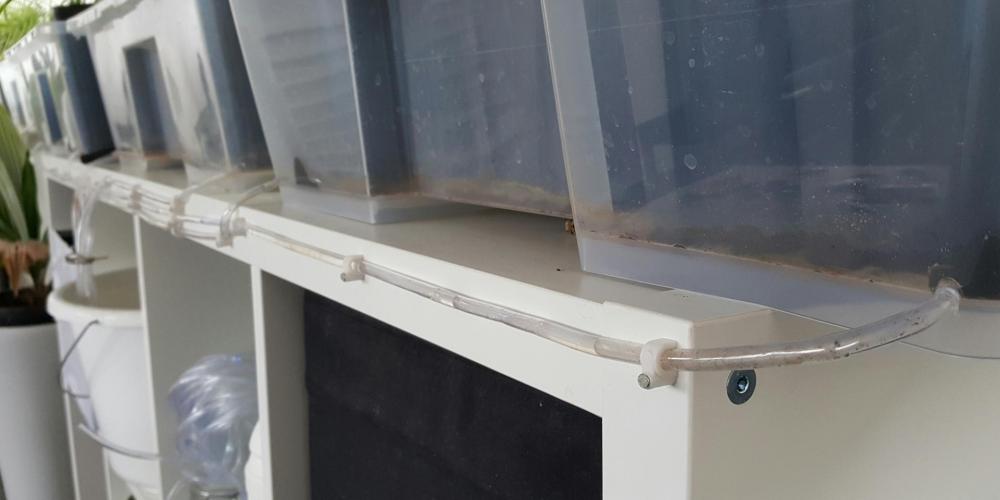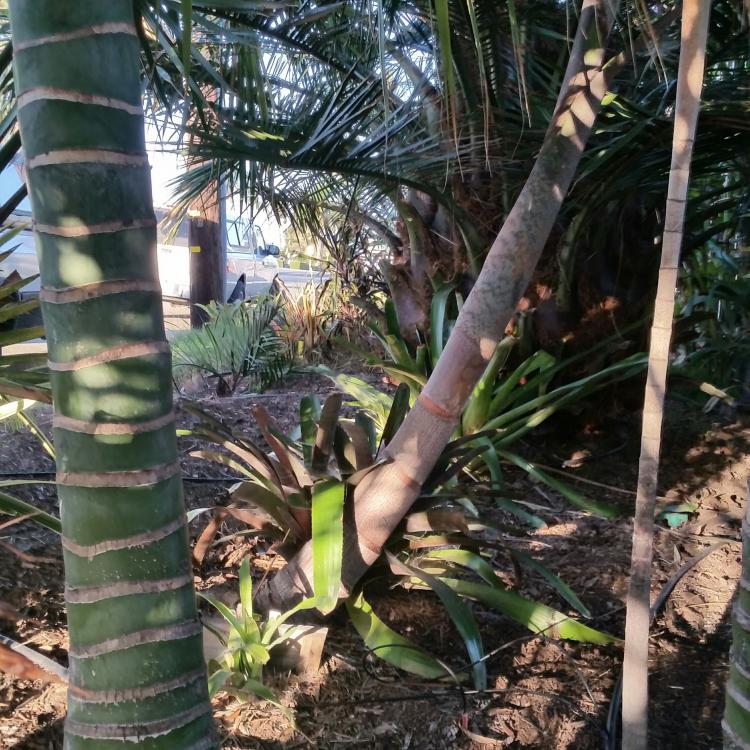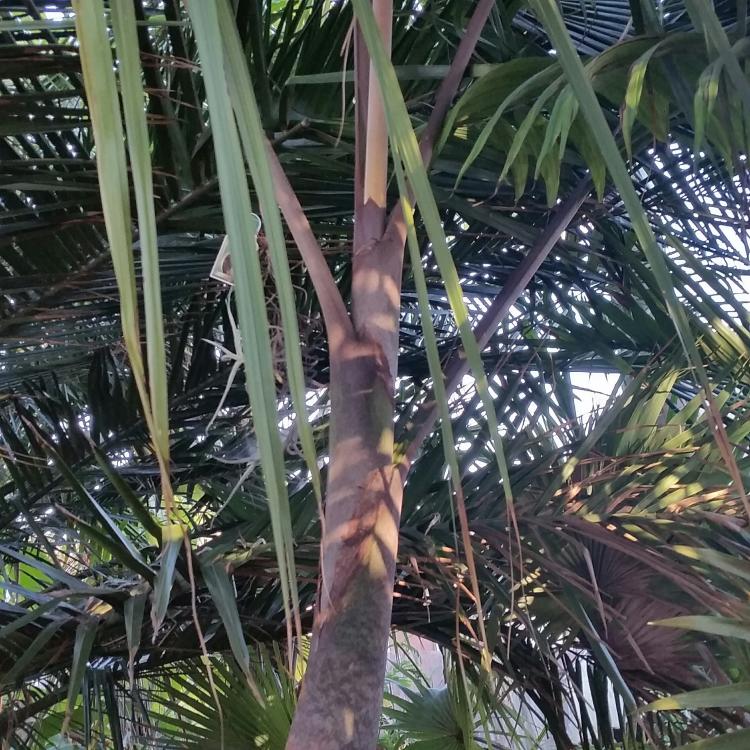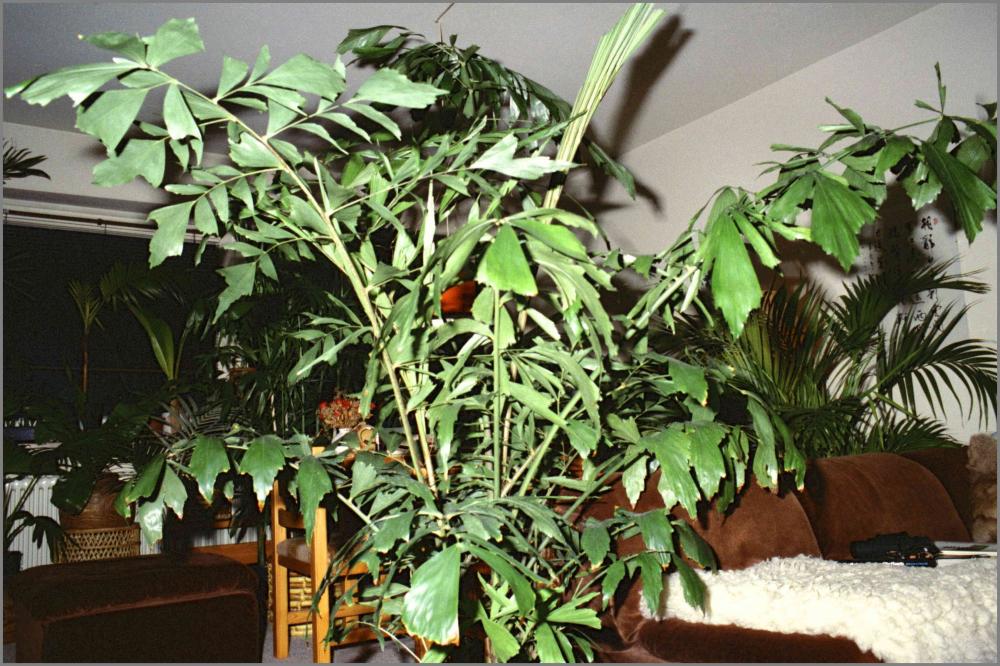Leaderboard
Popular Content
Showing content with the highest reputation on 11/25/2020 in all areas
-
since creating this thread sooo many years ago lots of my bigger palms have out grown their original locations. I had planted this copernicia curtissii blue form under low hanging power lines thinking it would never get that tall. Boy! Was I wrong.. lol It grew very fast for me in my red sandy DG soil. This particular species produces pups at the base which is very unusual for the copernecia genus. The blue form of curtissii is very hard to come by. I'm feeling grateful to have such a rare gem to look at when I walk my fairviewnursery.com nursery display garden models.7 points
-
5 points
-
What have you done to improve the aspect of your garden ? The Good, the Bad, the Ugly.... What has worked, what hasn't ? Pathways, ponds, pergolas, waterfalls, creeks, statues, critters, chooks, ducks, turkeys, geese... ? What have you done to get the 'look' for your patch of green ? I'll kick it off with a use of old car tyres to create a jungle snake in my front yard. Bit of a mission and a labour of love using some old paint I had out in the shed. Cutting rubber tyres ain't a lot of fun either just quietly ! Next plan is a motion activated speaker with a recording of a Rattlesnake rattle and a loud hiss or 2.... will really put the wind up pedestrians walking home from the Tavern at the top of street.... haha. And maybe the torso and legs of a doll hanging out from the snakes jaws.... remember this is artistry ( well, Aussie bull artistry, but art nevertheless.....lol !|3 points
-
You could cut one open to see if there's an embryo, but from what I understand there won't be one. Seems that most of the hybrids with Syagrus are sterile (like a standard mule) with Syagrus x Costae being an exception.3 points
-
Hi everyone - Happy Thanksgiving! I’m staying near Clearwater FL for a week, and the house next to ours has these palms lining the fence. I thought they might be monster silver saw palmettos, but some things seem different. Some are quite tall (one has 10+ feet of vertical trunk), and many of them are developing second and third crowns on a single trunk (or maybe it’s seeds germinating on grooves of the trunk; can’t tell). But most trunks seem to be somewhat horizontal like I would expect for a saw palmetto. Any guesses? Lots of seeds on the ground so considering taking some home.2 points
-
Id still love to find a pinnate version of this palm like yours! High on my wish list!2 points
-
Quick update on my indoor Chambeyronia... A year and a half later, it's only pushed one new spear (soon to be two), so very slow, but the increase in size is exponential... So much so, I've had to move it to another area of the lounge where it's less in the way. Still gets in the way though.. I personally don't mind a palm leaf leaning over me on the sofa, but apparently it's not for everyone...2 points
-
Well if we havw to get some random cold even in a warm winter, let's get it now before the really cold air is manufactured in the Artic. Hopefully it stays bottled up there until they start getting more sunlight. Everytime there is a cold front that brings highs to the 60s and lows to the 40s, the local news anchors get "excited." I can't understand why you would want to live and work in the ONE spot in the US where this cold weather is rare? Why not take a job anywhere else and be able to "enjoy" the cold much more frequently? I get sunny, warm, dry days but the cold ones? Naah! I just hope this air mass modifies quickly. I don't remember too many early season fronts like this...the worst usually comes after Xmas...it's January and February that are always the scriest months in the garden. December usually is benign in South Florida. I guess not so this year.2 points
-
This is my procedure, not sure if works yet. Can update soonish as at Step 1. Step 1: Soak for 24 hours (as per picture - red bucket) Step 2: Remove seeds from bucket and put them in tray with fungicide bath. Usually just 10mins. Step 3: Get flat storage box with lid (like photo) Step 4: Add mixture of Coir/Peat/perlite, just damp. (Like photo) Step 5: Put lid on keep in safe out of direct sun and check in couple weeks. Usually spray with some more fungicide. Step 6: Once Germinated (small root), I will pot up in a potting mix with perlite and peat.2 points
-
2 points
-
2 points
-
Welcome! Congratulations on a great germination rate. I really am impressed. Any time I have tried germinating S. minor seed, I have terrible germination rates. I have great success when I am not trying though. Just throwing them under mulch in a flower bed or in the soil in another potted plant during the summer always does the trick for me. I hope they grow well for you.2 points
-
Just clean off all of the flesh and you should be good. Oh and go to the palms in pots threads and read up on potting mixes.2 points
-
I've seen the seeds turn black as if they were ready to go but still no embryo inside. I think they needed some help pollinating. It happens to some couples.2 points
-
Hi Mate, welcome to the forum. They are not ready. they need to go black then ripe. I have also had one seed that never ripened, after removing and planting a dozen other black seeds from the same stalk, the last one stayed green with no seed inside.2 points
-
Unfortunately there are no palm trees that will survive your zone without protection. So it might be easier to have one in a pot and take it inside or into the garage during winter. If you're willing to protect your easiest option is Trachycarpus fortunei or Trachycarpus wagnerianus. They are relatively easy to find, reasonably priced, and the most cold hardy trunking palms known. If you plan to bring it inside a Kentia palm is a good choice for overwintering indoors.2 points
-
chelation actually allows nutrient delivery in unfavorable pH conditions for the micros. Humic acid chelates most if not all micros so delivery is improved that way in suboptimal pH conditions with regular application of humic acid. Chelation is simoly put isolation of metal ions(Mg, Fe, K, Mn etc) by ligand formation, its a chemistry topic that is probably too technical for here. Basicaly iron at alkaline pH turns into an oxide which is not bioavailable to the plant. Chelating the iron prevents oxidation into the non available oxide form but you will need to apply the humic in frequent intervals in high pH soil, perhaps as frequent as monthly. Lowering pH is best done gradually as the shock can kill some plants. Sulfur pellets applied every 6 months leads to gradual pH drop via microbe digestion of sulfur into small amounts of sulfuric acid. Dont be shy with the pellets they cant burn anything since release is microbe controlled. I used a couple(2-3) handfulls per palm in my AZ garden with its alkaline clay. I would use both humic acid addition for the short term and sulfur for the long term correction if you suspect high pH is a problem. I also have learned to edit my garden. Mistakes are made with limited information about cultural conditions plants need to thrive. I dont want ANY palms in my yard that struggle to survive, I dont care how rare they are. With that palm you might be able to make a recovery, and the upside is other plants in the area may also perk up as they might be ok but not thriving under those soil conditions. Editing is a part of sensible palm gardening.2 points
-
Here is a pic of my baronii a little over 2 years ago. Growing, but not thriving. Len suggested using chelated iron. I added chelated iron and lowered pH. Chelated iron helped with the deeper green, but I attribute the overall health of the palm to lowering the pH. Nutrient absorption seemed to have increased.2 points
-
HI Bret; The older I and my garden grow, the more ruthless I have become. When a treasured palm dies, I used to get upset, now 'whatever'. I have removed healthy palms that no longer please me, such as a Howea belmoreana palm that did not show the best frond form. You have a great garden with many excellent palms, perhaps an edit would be in order. Some individual palms will always be just 'also-rans'.2 points
-
You should do well with this palm in South Florida. Just keep it as hot/warm as possible, wet and sunny and it should never have a problem. Protect while in a pot during temperatures below 45F. To be even safer, bring it into a heated space below 50F. In the future, there are a few spots in coastal South Florida where it is likely warm enough to try lipstick palms in the ground (including all of the Keys). I wouldn't bother if I was anywhere on the FL West Coast, except for maybe a sheltered spot on Marco Island at least a few blocks from the ocean so it would be protected from direct ocean spray. I would try one in the ground in a sheltered, well-irrigated spot in the Miami Fort Lauderdale corridor (no further north or west). Some of mainland Miami and all of barrier island Fort Lauderdale and Miami are zone 11 according to the latest maps so that would be your best bet. The FL Keys are the best in Florida temperature-wise but are also drier than the mainland so irrigation would be a must.2 points
-
1 point
-
Can you guess where the largest, oldest most Northerly palm tree is located? Take a look at the statistics for this canary date palm in the picture below: Location: Fota Arboretum, Fota, Co. Cork, Ireland Latitude: 51.8972° N (Same latitude as Alaska, sun angle is 13 degrees at Winter solstice) Date Planted: 1896 (117 years old) Height: 9 m Girth: 1.55 m (http://www.treecouncil.ie/heritagetrees/440.htm)1 point
-
1 point
-
Possibly one of the English cultivars but honestly detest -anything- true Ivy ( Hedera Genus/ Aralia family ).. so i don't pay them much attention. That said, there's at least 2.. maybe a few others? species in the Genus Senecio / Aster-Composite family which produce similar looking, but perhaps more succulent leaves.. One of those types, Senecio macroglossus, has a variegated form that is sometimes sold. If it is true Ivy, keep it trimmed.. Will spread like wildfire, and is almost impossible to control once out of control. Will smother anything it can climb/scramble over.1 point
-
To me that looks like a great spot for it. Looks like you have plenty of space between the palm and the wall ?1 point
-
1 point
-
1 point
-
1 point
-
A friend and I made a trip to check out Selby Botanical Gardens in Sarasota yesterday and I picked up a few new palms on the way from SWFlChris. The first was a replacement for my Clinostigma savoryanum. Next, I picked up a few palms my mom wants to plant out in her garden. Licuala peltata sumawongii, Dypsis decaryi and Carpoxylon macrospermum.1 point
-
1 point
-
Please post your experiences with growing Chamaedorea tuerckheimii in pots, your comments to soil mix, watering, light requirement, humidity, growth rate, fertilizing, deficiencies, pests, etc. Though I don’t have much experience with this species yet I’ll start with my seedlings just germinated in 2015 during last autumn. The seedlings are in 8x9cm clay pots, the soil “mix” is 100% pine bark 2-8mm (only in one case mixed with a bit coir Kokohum®). As the seedlings are still very tiny I water only a bit, until water comes out of the draining hole. The water I’m using is carbonate free, acidic from a fountain in SW Germany (Odenwald). The palms stand on a desk in a living room, get some dimmed light from a window and a halogen reading lamp.1 point
-
1 point
-
Here in the US Adonidia seeds ripen around the holidays, hence the cutesy moniker. Shipping to Canada could be a problem. I've had stuff seized by their customs. Shipping is expensive and requires shipper to fill a US Customs Declaration Form online. COVID has really messed up border issues but maybe those will ease by the end of the year - ho,ho,ho1 point
-
1 point
-
Hi, my lipstick palm is developing yellow/ orange/rusty tips only on one separate plant in the same pot. After it totally yellows down (first leaf from bottom) I cut it off and than the next following one starts to do the same. The main plant is fine other than maybe a few yellowing differently. It is most time in the shade and now I started to put it in the sun as well. It gets watered everyday and gets a specific palm fertilizer every other 3 month. I let it stand in water since I bought it in February this year and the water gets renewed every day. It has been growing nicely and I keep my eye on it daily. I really need to understand why the single palm’s leaf (in the same pot ) gets those colors at the tips? And another question. There is a hard stick like growing horizontal and it looks like it’s trying to establish a new cluster? Or it’s a another leaf going in the wrong direction? It’s super hard on touch and I put a small coconut underneath to let it grow upwards but not sure if that’s where it is supposed to go??? Any clues? thanks to everyone who has knowledge to assist me1 point
-
It goes by both names. I think it falls under Metapanax now. Plants and animals get reassigned to a new genus as more information becomes available. not the best pic but here is the M delayavi in the middle. They put out a flush of new growth in the spring. This plant is about 7’ tall and almost as big around. New growth is very light green and will eventually darken. The also flower later in the summer.1 point
-
1 point
-
1 point
-
Being in a relatively cold zone 9a, I really learned a lot from Dick's posts (and replies from others like Merrill). I spent a lot of time reading through old posts when I first came on board and concentrated mainly on "cold hardy" subjects since that is what I can grow successfully. I don't recall ever seeing Dick post any photos himself (did he ever?) but he could paint pictures with his words. I've seen how awesome his garden is from others' posts and I wish I'd had the chance to see it for myself. Jon1 point
-
You would think that the SW corner of Australia would be just full of these as the climate is perfect for them but no, they are almost non existent from the landscape. They are only a collectors palm here and all juvenile non fruiting specimens except for the two at Perth zoo planted in the 1920's. I should look for a picture but I remember before I really got into palms thinking that the two at the zoo looked like massive trees. Since then I collected some seed that had fallen in the garden and have two juvenile plants growing here. The two at the zoo were different. One was the standard form the other had the upright leaf habit that some have called strictior. I can't remember if my two babies came from the strictior or the standard form but I'm hoping time will tell.1 point
-
These palms are truly beautiful from the time of seedling all the way to mature . One of the few that look good no matter what stage of life1 point
-
1 point
-
Thanks Patrick for the previous link. Interesting stuff. Tim1 point
-
Very nicely-grown pair of old Welwitschia there!These plants, together with Amorphophallus titanum, have been a "must-have" for large public gardens for some time now. They have also had a rather low-profile following among some dedicated private xerophyte growers, particularly in the desert southwest. Gene Joseph at Living Stones in Tucson, AZ used to sell young ones, but not sure who carries them commercially these days. I assume that they are available at the high-end succulent nurseries around Vista, CA. Here is a nice, decent-sized one I saw planted out in a fully-exposed bed by the parking lot at a commercial nursery in Chandler, AZ last week. These plants are amazing, to say the least.1 point
-
I've been growing allmost all of my palms indoors and most of them I grew from seed. So according to Scot's standards I think most of them are well established. Here's my list as complete as possible: Lytocaryum weddellianum, hoehnei, insigne and itapebiense, Allagoptera caudescens and leucocalyx, J. altifrons and magnifica, Attalea maripa and one to be identified, Licuala terrenguanensis, peltata var sumawongi, Phoenix rupicola, Ceroxilon quindense, Syagrus botryophora, schizophylla, russchiana, schizo x roman and campylospatha, Beccariophoenix alfredii and madagascariensis, Jubaeopsis caffra, Parajubaea cocoides and sunkha, Jubaea chilensis, Archontophoenix tuckeri, Chamaedorea radicalis, metallica, tuerckheimii, tepejilote, microspadix and some to be identified, Gastrococos crispa, Reinhardtia gracilis, Dypsis poivreana, Loxococcus rupicola, Phoenicophorium borsignianum, Oraniopsis apendiculata, Cyrtostachys renda. And this is what it looks like: It's the top floor of my house which is not heated but stays always above 18C in wintertime. The windows are south facing. On the other side of the room is another row of windows letting in some additional indirect light. About half a year ago I carefully repotted all my palms into Pal Meir's excellent draining mix. This allows me to water the plants much more frequently and I had to think of something for draining the excess water coming out of the pots after watering. I came up with this: Large IKEA boxes (Sweden 2nd for sure!) with each 2 small holes drilled in 2 corners. Aquarium hoses were attached and they lead the excess water into a bucket. It works fantastically. I have allready seen significant growth and health progress since 1: placing my plants in this light and unwarmed room, 2: using Pal's mix, 3: ensuring excellent drainage. Cheers, Kai1 point
-
OK, I stand corrected. That's as nice a mid-aged Q. virginiana as you'll find much further south. Good find!1 point
-
I have 2 palms out front that are doing the lean unintentionally. I'm pretty sure it was gophers that got under one side, ate roots, moved soil so the palm leaned that way. I either killed the gophers or made it less appealing and since the palms are now stable in that position, I don't want to "right them". Worst thing is, the "awesome" you can barely see! Here is my Kentiopsis magnifica with over a meter of trunk and the crown is well into a Jubea, Howea, Cypho. elegans tangle so Not anxious to move/kill anything.. hopefully neither are the gophers.1 point
-
Slower growing palms have a more gently sweeping curve....faster growing palms have a more abrupt curve when they are both planted at an angle.1 point
-
Caryota mitis is one of those palms which most easily can be grown indoors. They accept hard water, wet feet, etc. One problem however is it grows too fast, so you can‘t keep it for a longer time inside a "normal" living room. (The photo was taken in 1984; since 1993 this palm is inside the library of Ruhr-Universtät Bochum (with very dry air); maybe it is still alive, though it didn’t get enough water daily.)1 point
-
For mites on my outdoor potted palms I use a generic brand of Avid miticide I bought off eBay. Miticides are very expensive but I got a quart for $115 or so including shipping. It should last my lifetime as I use only 12 ml per gallon of water. I just re-treated my cold-sensitive potted palms after they had to spend 4 days and nights indoors because of low temps in case mites planned another attack. It is not for use indoors because of toxicity issues, which is why I mentioned coffee grounds. I do use coffee grounds on my potted Cycas revolutas to ward off Asian scale. Coffee grounds also acidity soil and repel mealy bugs as well as add nutrients. Used tea leaves are also nutritious.1 point

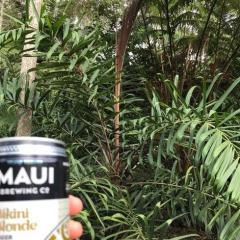


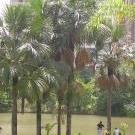
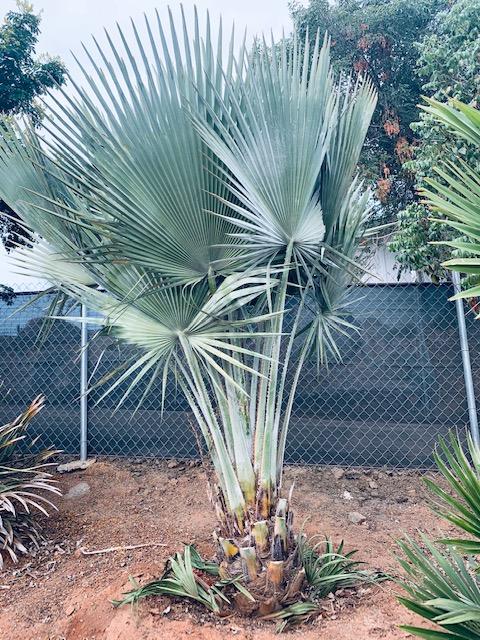
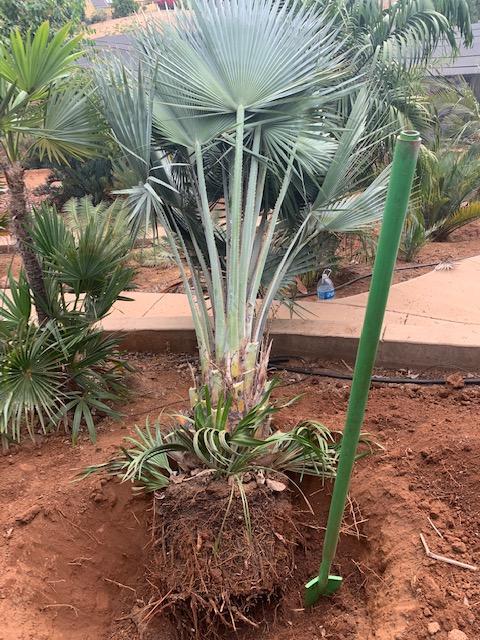
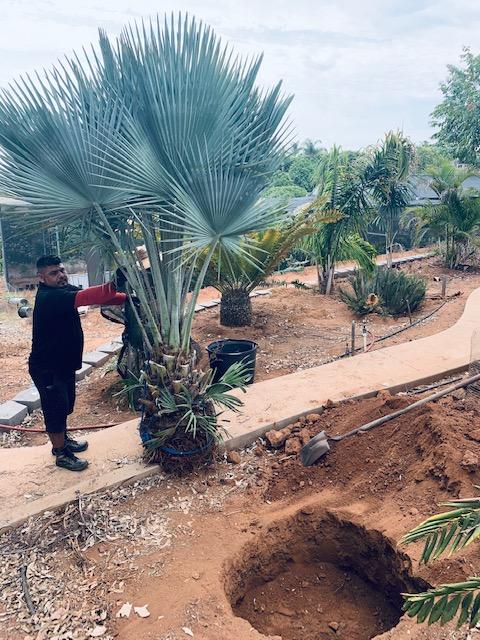
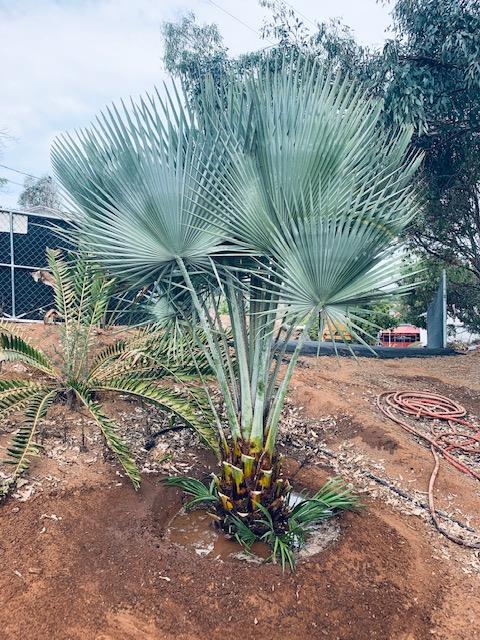





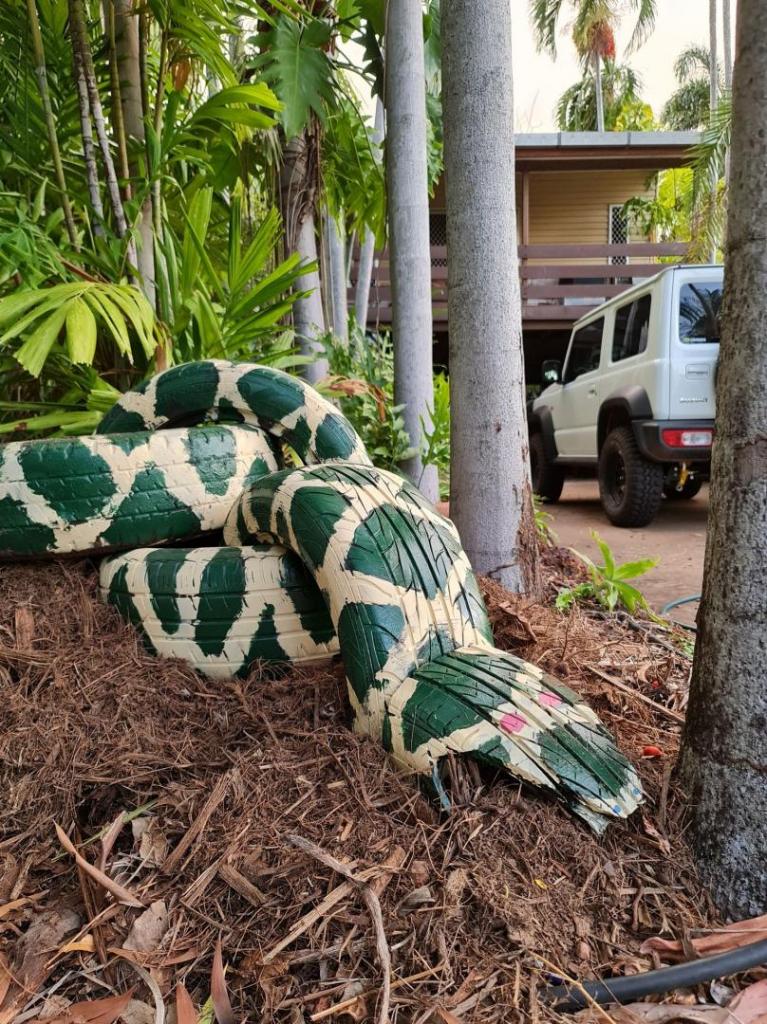
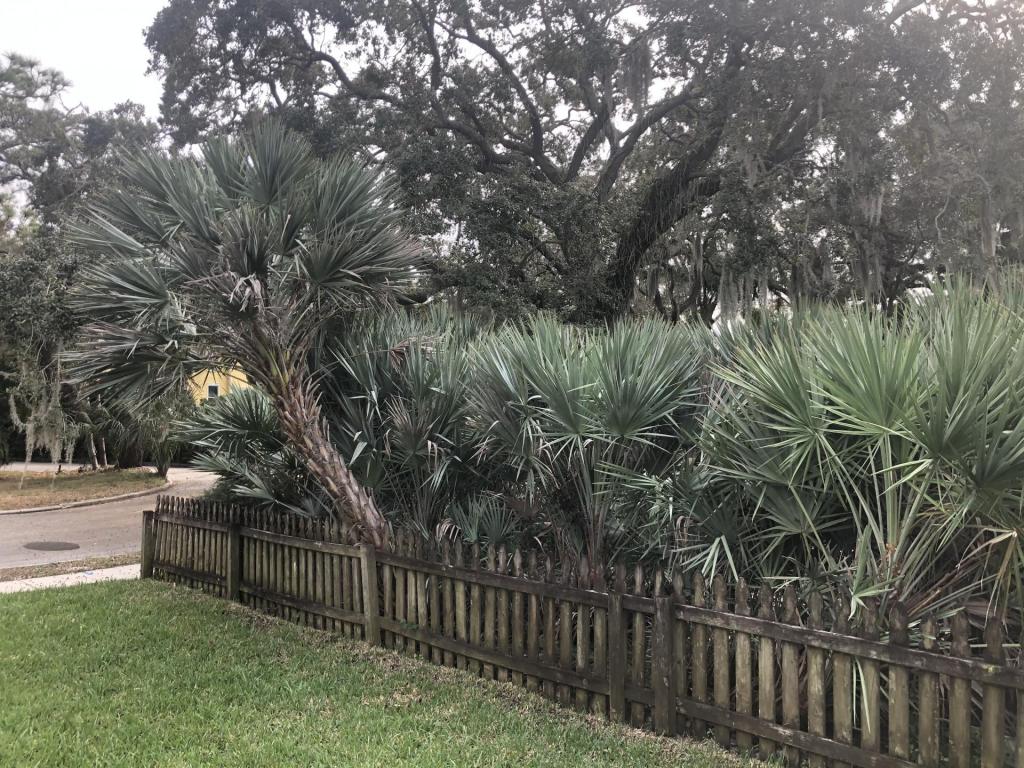
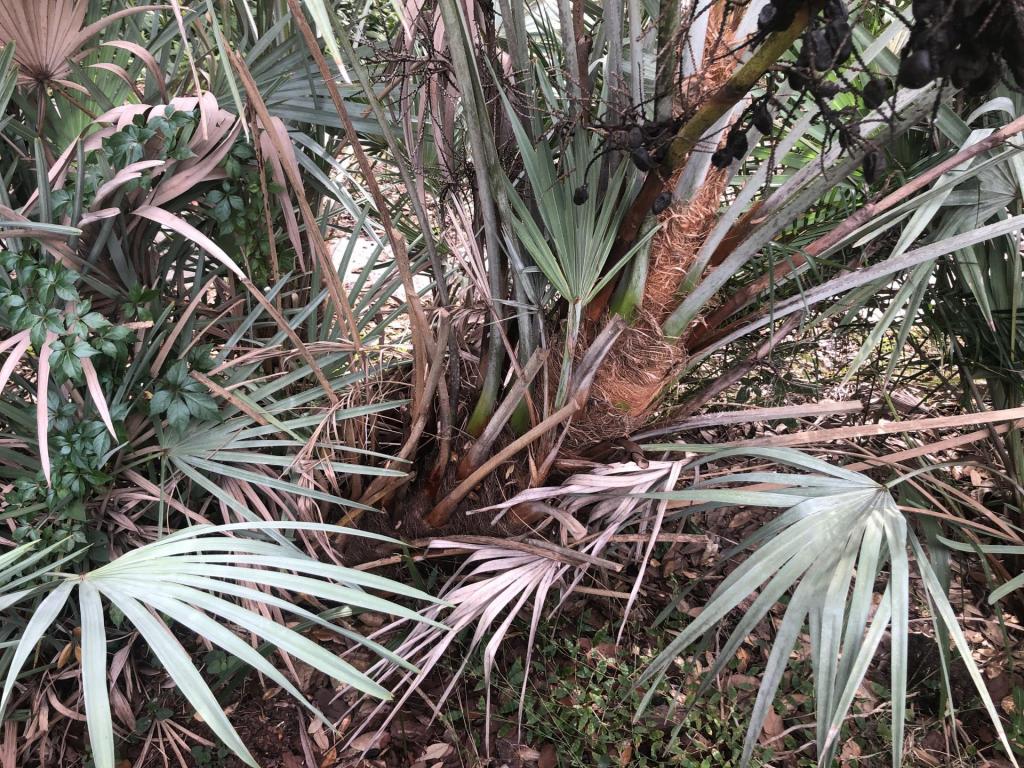

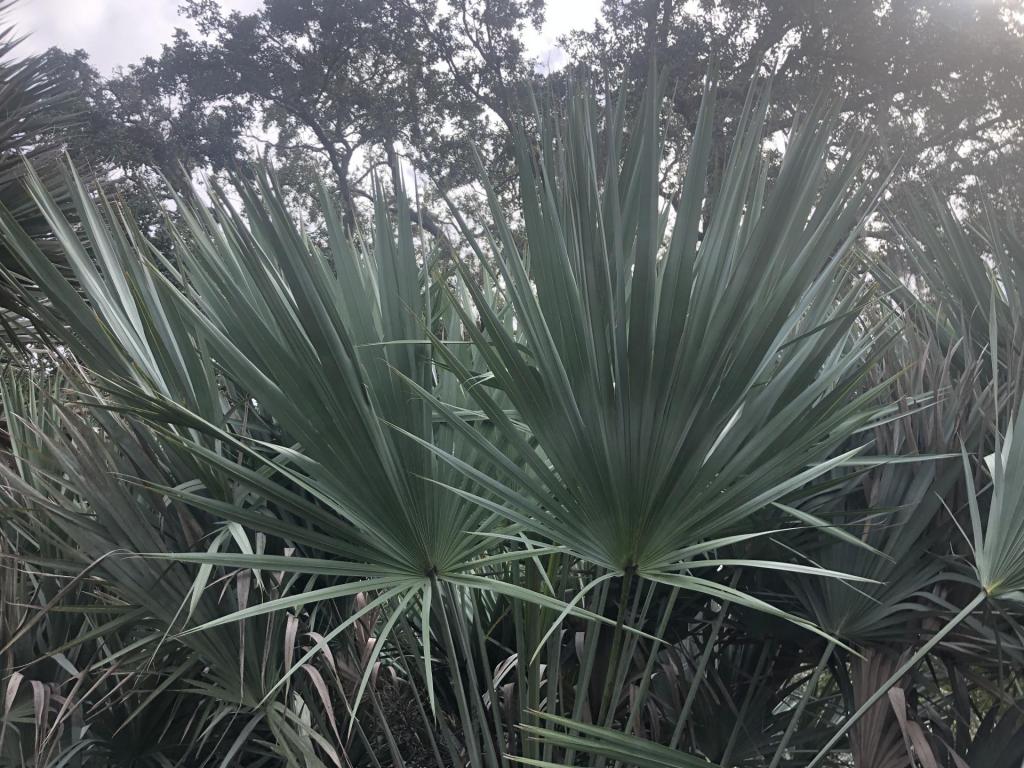


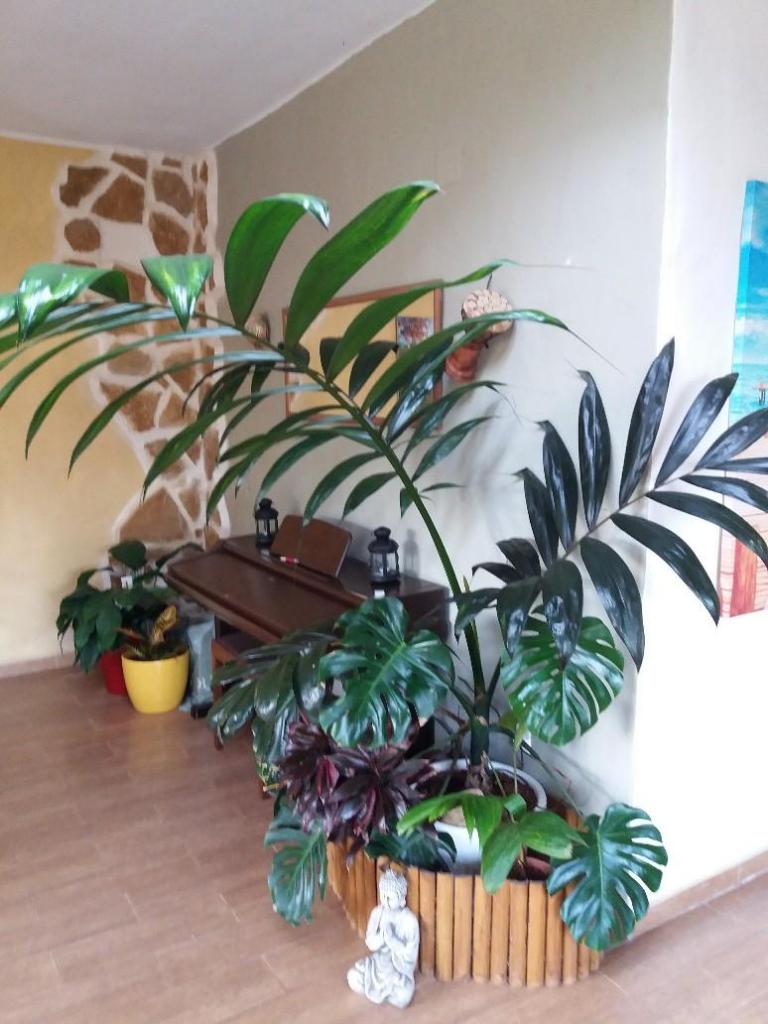
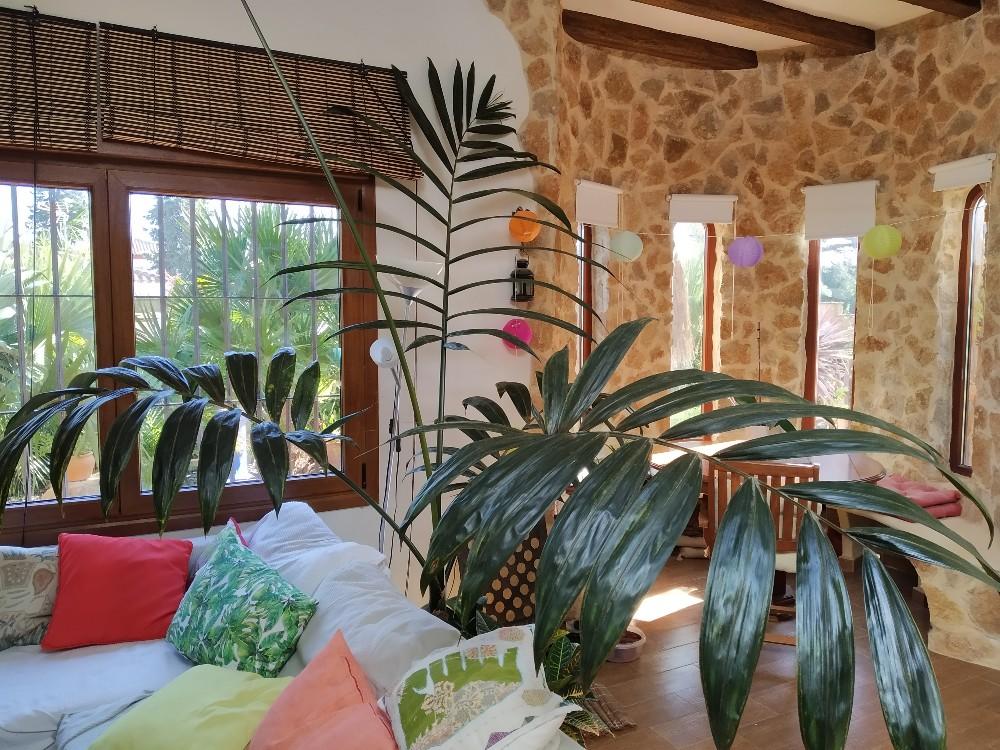








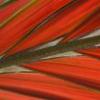
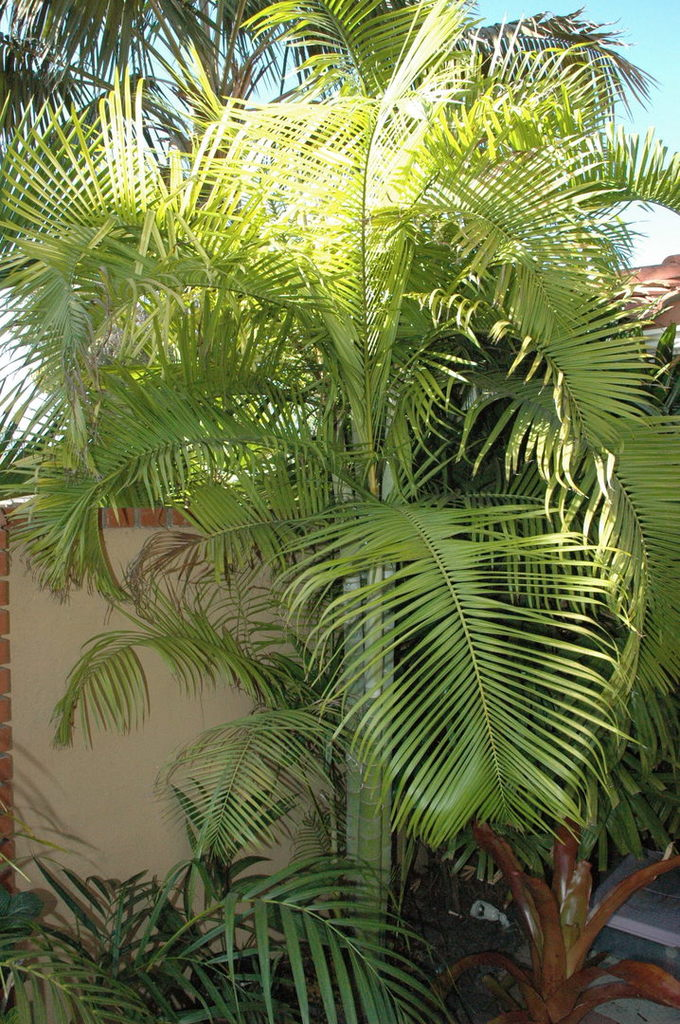



.thumb.jpg.4e91fe2cb87ace844d8164b8e9e1f271.jpg)





